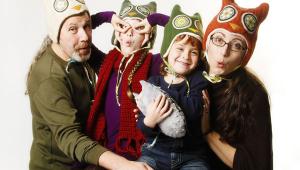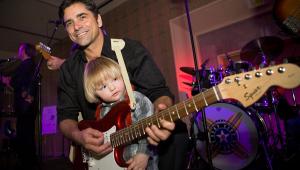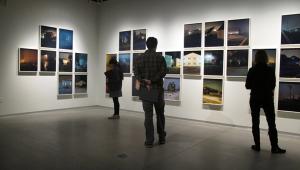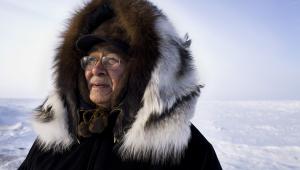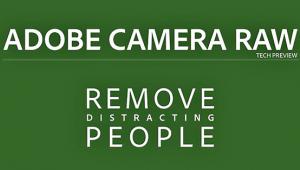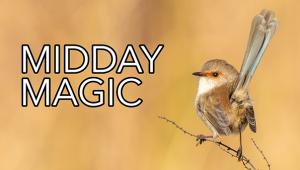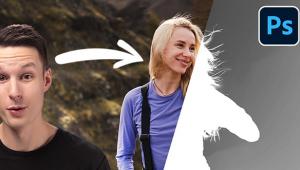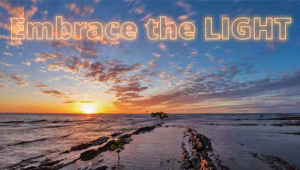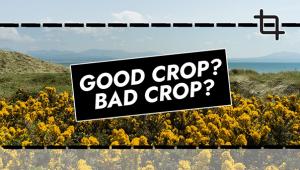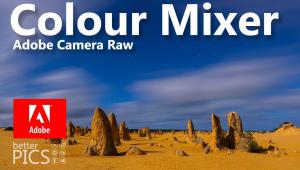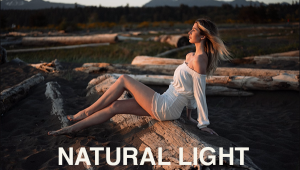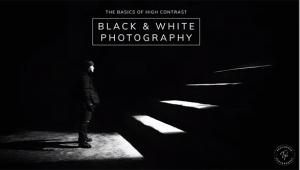Photography—Making A Difference; Give And Ye Shall Receive Page 2
SB: How do you see your photography creating change in the world?
Chris Rainier: To me, photography has the power to create social change but it would be dangerous and presumptuous to think we can change the world with just our images. Thinking more creatively and long term, we can give witness and help people tell their own cultural story, especially with the indigenous peoples of the world. The still image has a deep influence on the psyche of the public and as long as that exists there will be a need for what I do. What we do now serves as an archive to make changes today as well as have future generations look back to renew and revitalize their own culture.
 |
|
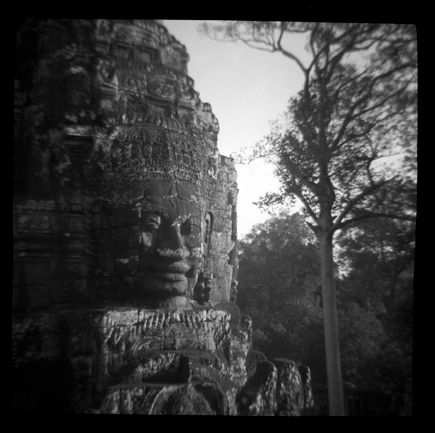 |
|
|
Joyce Tenneson: I have done a lot of portraits over the years for different organizations. The Heart Gallery contacted me several years ago and asked if I would photograph a teen, a portrait. They are a nonprofit corporation dedicated to raising awareness about foster children available for adoption but considered to be “hard to adopt” because of age, special needs, or because they needed to be adopted with siblings. I wanted to bring a humanistic approach to the portraits of the children to show the spirit within. This is to help potential foster and adoptive parents discover and relate to the children. So with our volunteer efforts, portraits are taken that help capture the individuality and personality of each foster child who is eligible to be adopted. These photographs are then shared via the web and through gallery exhibits in the hope that potential families will be moved to inquire about adoption. This to me is a very important program because of the difference a portrait can make when an organization is really trying to move people.
I also have done portrait work for the National Council for Research on Women. As a national and global network of research, advocacy, and policy centers, their mission is to ensure informed debate, policies, and practices to build a more inclusive and equitable world for women and girls.
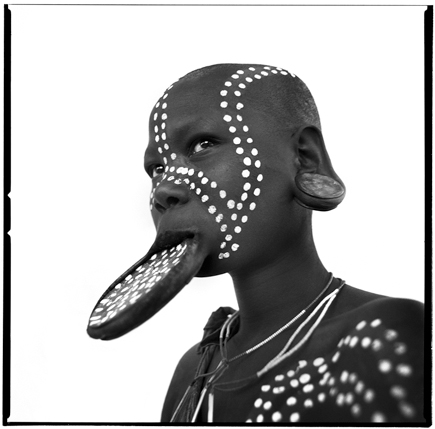 |
|
|
Several years ago Eve Ensler, the playwright, asked me if I would do a pro bono series of portraits to raise consciousness about ending violence against girls and women globally. She put together a group of celebrities and I provided the studio and time to do portraits of over 30 women. It was a great project and grew from there. I actually went to Rome and did another set of 30 portraits of women from Europe, Asia, and Africa. It was a wonderful experience getting to know all these interesting women from around the world—it definitely enriched my life.
Paul Mobley: One of the changes I have seen is the response of the farmers themselves. I speak at Farm Bureau conventions and have had so many people come up to me and thank me. My portraits are always about bringing out emotion and doing that for the famers—locally, regionally, nationally—has changed the perception they have of themselves. Many farmers have commented on the affirmation and validation of what they do as a result of these images. Their comments have been amazing to me. The top three comments probably are:
• Thanks for doing this, people need to know what we do and how we live to put food on their table.
• Thank you for inspiring normal folks who have never been to a local market to come and try it and find joy in it.
• Thank you for documenting us, the family farmer, as an important piece of American history.
Another change is in the people who read the book, the “normals” or non-farmers. For many people the book has changed the awareness of the most essential thing, how our food is grown and how we are fed. It has even changed the way people shop, maybe they will go to a local farmer’s market instead of a big chain store for their produce.
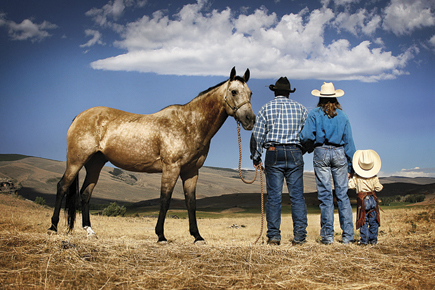 |
|
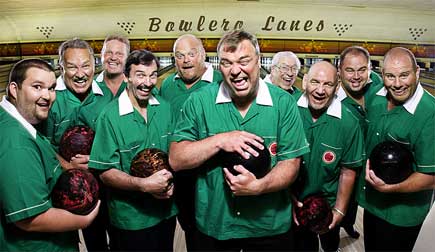 |
|
|
SB: What recommendations would you make to a photographer looking to make a difference with their photography and still pay their rent?
Paul Mobley: I speak at different colleges and emphasize the importance of working hard at the business and marketing side. I think you have to start as an assistant to do this. It does not matter the area of photography, you have to experience the inner workings of the shoot and you can only get this firsthand. Being a genius photographer in today’s world is not enough. I work as hard as or harder on self-promotion than making my photographs. My book has opened lots of doors, doors that were never there before. It has been very strange to be an overnight success after working all these years.
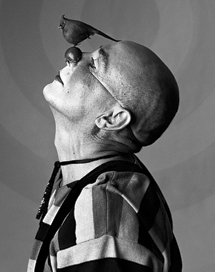 |
|
|
Joyce Tenneson: With the digital age we don’t have the expense of paper and film so it is mostly your time. Time you can give to others. I think getting involved in some kind of community pro bono endeavor is very important for a career. Find something that you are really interested in so you will bring all your attention to it. It is important when you are donating your time that you are doing something you feel strongly about. As for the business, I truly believe that “what goes around comes around” and your community service work will come back to you in the form of networking, referrals for jobs, and meeting people who may start out as clients and can become friends.
Chris Rainier: I think it is very important to have a personal passion and a personal project that maintains hope and passion through the lean times. I think this is the time for photographers to reevaluate what they are doing to pay the rent but you have to have balance. There certainly is the rent to pay for the place you live but what about the rent for your spirit?
Is there a market for what we do? Absolutely yes. There will always be pessimists who say photojournalism is dead or dying but I don’t believe that whatsoever. With every door that closes a door opens. For example, new technology creates a whole new market for images such as combining motion and still imagery to make a new medium. The larger issue is that there will always be an appetite for images, always. People cannot visualize far-off places—places that are an endangered culture or a breaking news story of a natural disaster. They must see it for themselves.
As long as there are photographers willing to consistently allow themselves to take chances and be willing to put off short-term gains for long-term goals, there will be work. It took me years to get to work with NGS and TIME magazine. It takes hard, hard work and persistence but it is worth it.
Resources
Find a cause you believe in; here are some websites to help locate nonprofits in your area:
• www.globalgiving.com
• www.charityguide.org
• www.mtdn.com/nonprofits.aspx
• www.usaweekend.com/diffday/
• www.focusonaids.com
• www.bethechangeinc.org
- Log in or register to post comments






